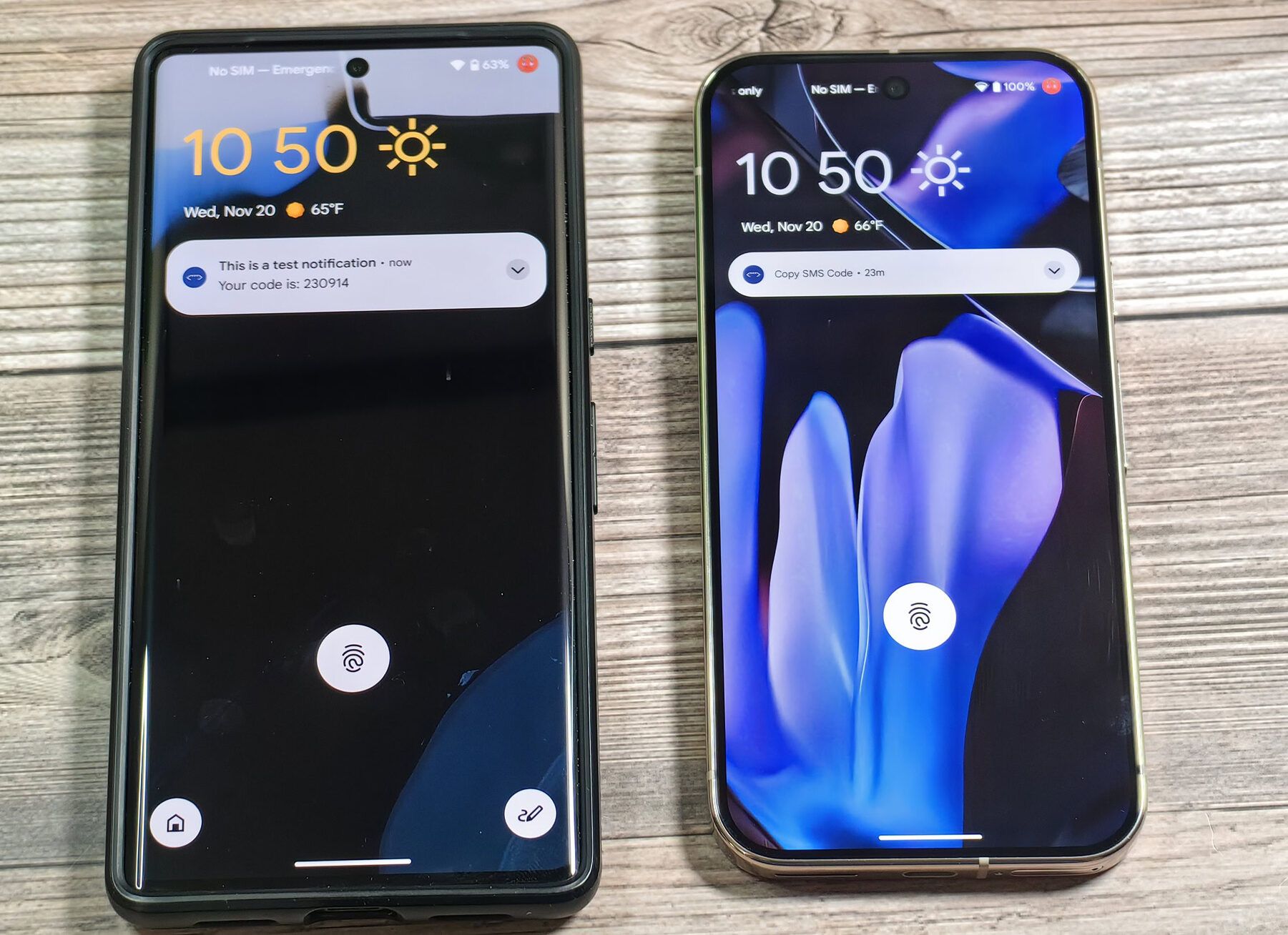Most Android users prefer to display all notification content on their lock screens. While this is convenient and often helpful, it poses a risk for sensitive information, such as OTPs, being exposed. Google appears to be addressing it in Android 16 by introducing a feature that automatically hides the content of “sensitive” notifications — like OTPs — on the lock screen.
According to a report from Android Authority, OTPs are currently the only type of notification triggering this behavior, but it’s possible that other types of sensitive content might trigger this in the future. Interestingly, the report notes that this occurs even when the “sensitive notifications” setting, which allows sensitive content to be displayed on the lock screen, is enabled. This indicates that Google is taking extra measures to safeguard OTPs.
Android 16 hides OTPs from the lock screen
Source: Android Authority
Interestingly, Google has been tightening Android security overall in recent months. The company recently introduced real-time threat detection in Google Play Protect for Pixel devices, a feature that flags apps that collect personal data without consent. Android 15 also added a feature blocking untrusted apps from accessing sensitive notification content, even with permission to read all notifications.
While this is a small change, this may frustrate users who now must unlock their phones to view OTPs. However, it’s a step toward better user privacy. It’s unclear if this feature will make it to the stable version of Android 16, especially given Google’s history of shelving features before the final rollout — such as the notification cooldown feature, which has made a comeback in Android 16. Still, we hope this one remains.
Related
Beta releases begin in January







